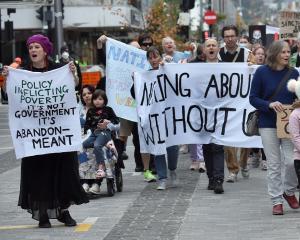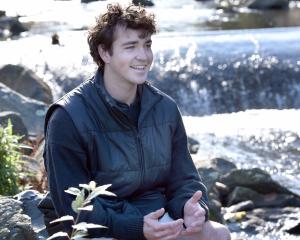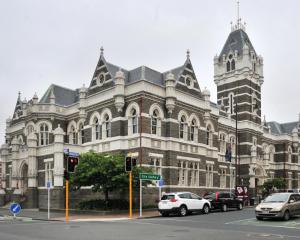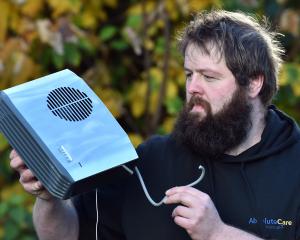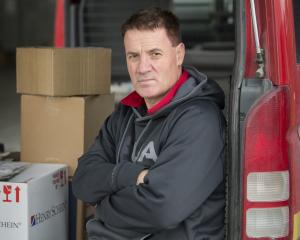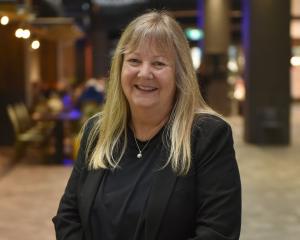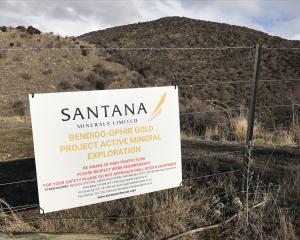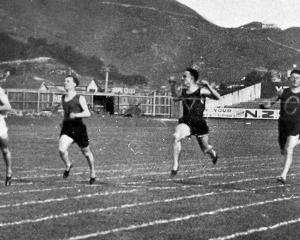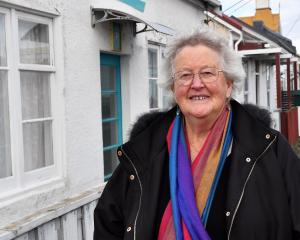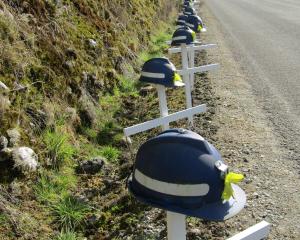
Elle Coco’s passion for chocolate is all-consuming. The chocolate judge and educator explains why to Rebecca Fox.
Elle Coco’s passion for chocolate may have been predestined.
Ever since she was a child she has loved it so much so, her family nicknamed her Coco. It is a nickname that has stuck with her, to the point people in her "chocolate" world do not know her real name is Eleanor Crocker.
It has morphed over the years into Elle Coco, a name she has fully embraced as her "chocolate" name.
"It just weirdly kind of stuck."
However, it took a while for Coco to find that path. After university she headed abroad, living in China and France before coming home to a dire job market, so took the first job she could get, which was at an events company.
It required a crash course in making what she now describes as a very "rudimentary" truffle and flavoured chocolate buttons. She then had to teach "gimmicky corporate team building" classes in these skills.
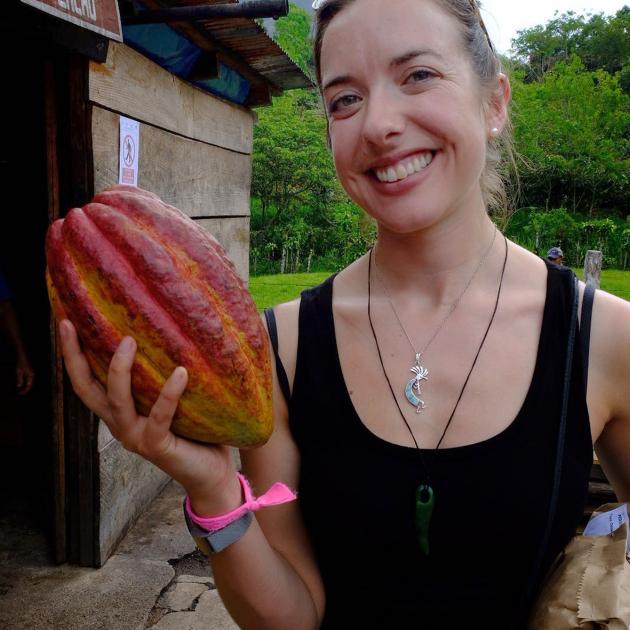
"I felt so out of place. I realised this is a real job, that I could be an actual chocolatier or a pastry chef. My mind was blown.
"I thought I was pretty cool teaching these workshops and here’s these people making chocolate sculptures. I was like, wow I’m in the wrong part of the industry.
"I’d made a lot of my own cakes and chocolate when I was at university but the concept of doing it as a job never occurred to me until I worked that event."
So afterwards she hunted down the best two chocolatiers she could find — William Curley and Paul A. Young — and hassled them until one gave her a job. William Curly did and she convinced the company it had a gap in its offering for events and workshops.
"I said give me six months in your kitchens to learn your three most popular products and I’ll set up your events path.
"It was a bold move but it worked."
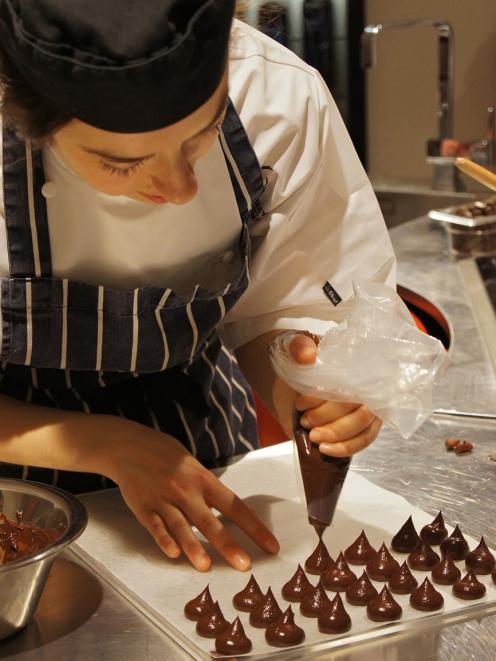
"Chocolate has always been my passion but I love working in pastry, making beautiful desserts, the fillings and all the different type of pastries, but it required exceptionally long hours in the kitchen."
She did the early shift working in pastry and then an evening shift in chocolate often working from 5am to midnight.
"It was gruelling, but I loved it. It was great fun."
However, the lifestyle was not sustainable and she began to look to her future and where she could take the skills she had learnt. She did a lot of experimenting with flavours she never got to try at William Curley, like a dark chocolate mead truffle with bee pollen on top or soft goat cheese and lemon curd in a white chocolate shell.
"I was redefining where I wanted to go and doing market research. My goal was to set up my own company and teach people about the product of chocolate."
But that was before she really knew what that was. She knew very little about where it came from and how it was grown apart that in came from a pod.
"When you see fresh pods for the first time, the beautiful colours, you smell and taste their pulp. I was like there is so much to this industry that everybody needs to know about."
Like how it is a commodity traded on the stock exchange and its price fluctuates, yet it is very rare that any price increase gets back to the farmers that grow it.
However, the growing "bean to bar" chocolate producers, especially in New Zealand and United Kingdom, import dry beans direct from growers paying the "farm gate" price rather than the market price.
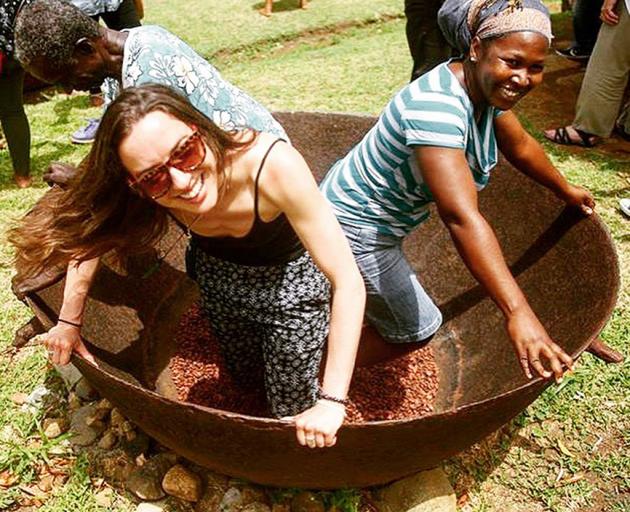
"It’s so exciting. For me it’s all the more special as we used to work at Williams together in the pastry and chocolate kitchen."
When Coco and her New Zealand husband made the decision to move to New Zealand in 2018 they decided to spend six months travelling through Central and South America meeting as many makers, farmers and providers as they could.
"It was awesome. I did a lot of interviews with a lot of people."
After she had left William Curley, she had gone into product design and marketing so she could have "sensible 9 to 5 job" allowing her to follow her chocolate dream in her spare time.
It meant she could judge competitions, attend chocolate festivals and hosting tasting events and not be beholden to any one brand or her own project.
"That for me was the perfect balance. I could be wholeheartedly committed to benefiting the industry as a whole."
In New Zealand, where she has recently gained residency, she has sought to continue the work through a consultancy business, workshops, writing and judging while working a day job in IT. She has also been head judge at the New Zealand Chocolate Awards for the past few years.
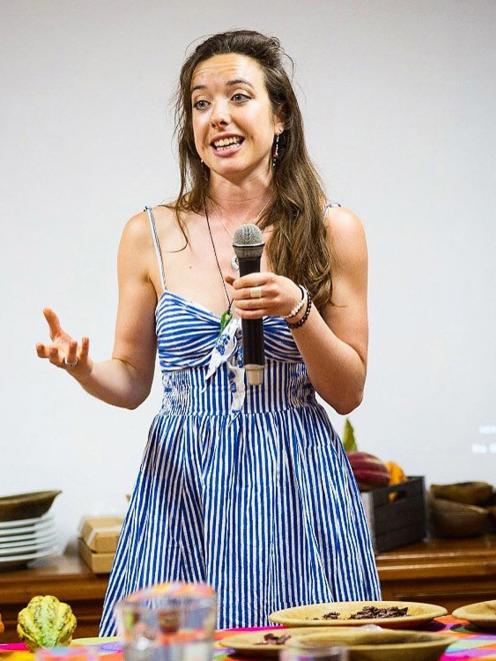
Over her years of judging, she has seen and tasted some amazing chocolates but it has made it even harder for her to pick a favourite.
"It’s very subjective. I have lots of favourites, really. It depends on my mood."
She realises that her experience as a pastry chef and chocolatier has given her a "next level" appreciation for the concentration, commitment, passion and determination makers have.
"You see the end product . . . I know how hard it is to get a chocolate shell that thin, that well tempered that there is not a streak or bubble, that releases perfectly from the mould and shines like a lightbulb, like glass, but then to fill it with different layers and different fillings. I love seeing people get bitten by that bug and passion."
She has recently judged the country’s top chocolates as part of the Outstanding Food Producer Awards, which means her current favourite bon bon is still top secret until the awards are announced next month.
"I’ve never tasted or seen the level of craftsmanship since London. It’s a masterpiece — this person is insanely talented."
Coco is also a fan of components of cacao being used in sweet or savoury dishes, having experienced four-course meals with a chocolate component to each dish.
"I love stuff like that so I’m often experimenting at home trying to recreate or create different flavour combinations."
In Coco’s "humble opinion" the true craft chocolate makers have only two ingredients — cacao nibs and sugar.
"The combination of these two ingredients can create a multitude of flavours."
When she is judging, she is looking at the aroma, appearance, texture and mouthfeel as well as the flavour journey.
The chocolate is tasted from the highest cacao percentage first to the lowest.
"You need to let the senses wake up and get into the zone. You need to engage all the senses, taste, debate, taste again, then have a break, drink some water, have some apple or cheese to cleanse the palate, then go back again."
It is tiring work which requires a lot of concentration, she says.
"People have put their hard-earned time, money and passion into it so they deserve the same in judging."
Looking back, she is so glad she went for that walk at that event back in 2010.
"The thing for me, for what I do now, with meeting people at origin, is really working at getting their stories heard. If it wasn’t for them chocolate wouldn’t exist and so many people do not look past the wrapper or ask where the beans are from, how much were people paid, were they paid? I’m glad it is getting more air time now."
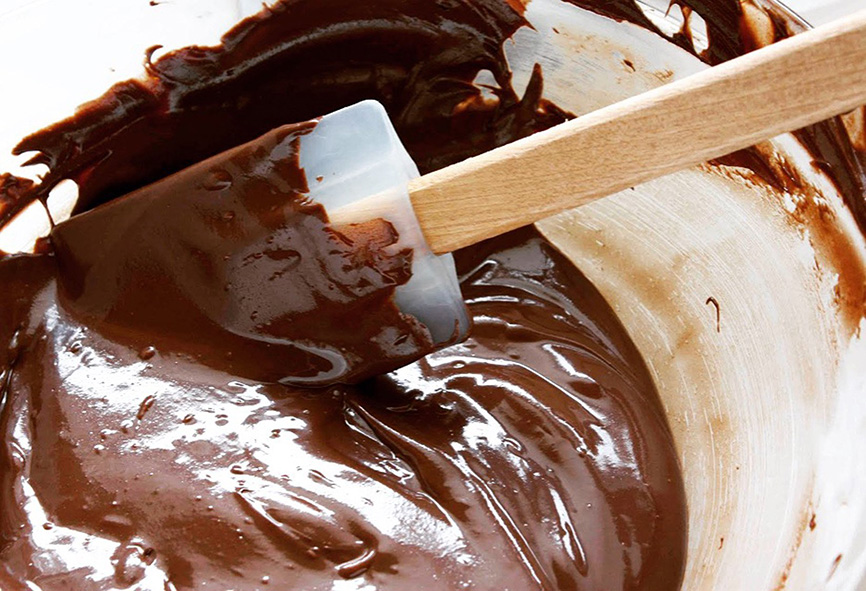 A perfect dark chocolate ganache before it sets.
Boysenberry dark chocolate ganache
A perfect dark chocolate ganache before it sets.
Boysenberry dark chocolate ganache

This is based on one of the first products I learnt how to make properly while working for William Curley Patissier Chocolatier in London. The original recipe included 30g of butter to keep the mixture silky, but I have omitted here so we have a dairy and gluten-free recipe — more people can enjoy it.
160g chopped good quality dark (at least 70%) chocolate
500g boysenberries (will make 140ml puree)
100g cocoa powder (for dusting)
Equipment
Heat-proof mixing bowl
Spatula
Chopping board
Serrated knife (a bread knife works exceptionally well)
Measuring jug
Pan
Wooden spoon
Brownie tin
Deep walled baking tray
Baking parchment
Cling film
2 x fine mesh sieve or strainers
Tablespoon
Method
1. Line a brownie tin with baking paper and set aside.
2. Place your block(s) of dark chocolate on a chopping board and chop into small chocolate button sized pieces (the smaller and more even your chocolate pieces the easier they are to melt with the boysenberry puree when you add it).
3. Add the 500g of frozen (or fresh) boysenberries to a saucepan and bring to a gentle boil. Cook them through stirring gently with the wooden spoon until they are soft and almost liquid, resembling a lumpy, fruity soup.
4. Strain boysenberries through a fine sieve straight into your chopped chocolate and start stirring immediately. Or if you don’t have any helpers, strain your boysenberry puree into another pan and re-heat to that "just boiled" temperature (when you just start to see a small rolling bubble) and then add the piping hot puree to your bowl of chopped chocolate.
5. As you add the hot boysenberry puree to your chopped dark chocolate, start stirring — evenly and gently to ensure even consistency and even melt of the chocolate with the puree. Scrape around the sides of the bowl, and every now and then lift the spatula out of the bowl to see the consistency and ensure the chips of chocolate are fully melted.
6. Once the ganache mixture is fully incorporated pour into your lined brownie tin, jiggle the tray from side to side to ensure the ganache layer is even all round, and pop in the fridge to set.
7. Fill a deep wide cake tin with the cocoa powder.
8. Once fully set (you should be able to poke a knife in and the knife come out clean, but the ganache remains in tact) remove tray from fridge, remove the ganache from the tray and cut lengthways and sideways so you have a series of perfect ganache squares.
9. Add the squares to the tub of cocoa powder and fully coat with the powder using the spoon to give them a good coating, then add to the other sieve and dust off the excess cocoa.
10. Store in the fridge until ready to eat, arrange neatly on your favourite serving tray for a dinner party, or just eat them as you go and enjoy.

